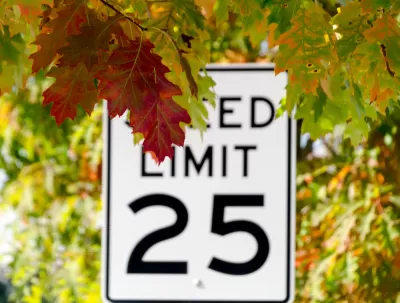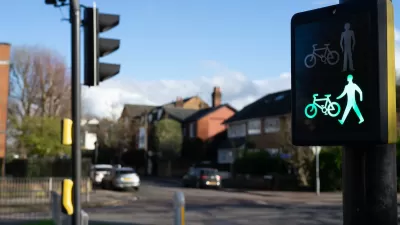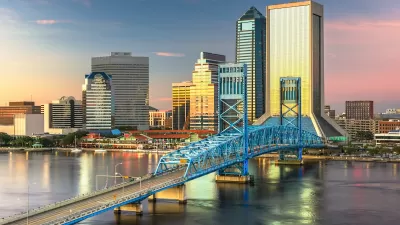A change in the city’s speed limits has been shown to reduce the likelihood of injuries during collisions.

A new study from the Insurance Institute for Highway Safety (IIHS) reveals that lowering speed limits on Seattle streets, part of the ‘Safe System’ approach that prioritizes road design and policies that limit the damage caused by human error, improved safety. “In downtown Seattle, lowering default speed limits reduced the likelihood that a crash would involve an injury by a fifth on arterial roads, IIHS researchers found. Outside of the city center, where the new limits were less consistently implemented and publicized, there were smaller injury reductions, but these were not statistically significant.”
The study credits the success in part to the city’s information campaign. “To make drivers aware of the change, the city conducted a public outreach campaign and installed gateway signs indicating the new citywide limits on arterial roads into the city, highway off-ramps and ferry terminals,” and installed new 25 mph signs on downtown arterials.
The study is the first to attempt to quantify the effect of lower speed limits on injury rates, not just on peeding. As the press release explains, “Higher speeds make crashes more likely by reducing the time a driver has to react and increasing the distance required to stop the vehicle. Higher speeds also increase the energy involved in a crash, raising the odds of an injury.”
FULL STORY: Lowering speed limits makes Seattle streets safer

Americans May Be Stuck — But Why?
Americans are moving a lot less than they once did, and that is a problem. While Yoni Applebaum, in his highly-publicized article Stuck, gets the reasons badly wrong, it's still important to ask: why are we moving so much less than before?

Using Old Oil and Gas Wells for Green Energy Storage
Penn State researchers have found that repurposing abandoned oil and gas wells for geothermal-assisted compressed-air energy storage can boost efficiency, reduce environmental risks, and support clean energy and job transitions.

Placekeeping: Setting a New Precedent for City Planners
How a preservation-based approach to redevelopment and urban design can prevent displacement and honor legacy communities.

San Francisco’s Muni Ridership Grew in 2024
The system saw its highest ridership since before the Covid-19 pandemic, but faces a severe budget shortage in the coming year.

Colorado Lawmakers Move to Protect BRT Funding
In the face of potential federal funding cuts, CDOT leaders reasserted their commitment to planned bus rapid transit projects.

Safe Streets Funding in Jeopardy
The Trump administration is specifically targeting bike infrastructure and other road safety projects in its funding cuts.
Urban Design for Planners 1: Software Tools
This six-course series explores essential urban design concepts using open source software and equips planners with the tools they need to participate fully in the urban design process.
Planning for Universal Design
Learn the tools for implementing Universal Design in planning regulations.
Heyer Gruel & Associates PA
City of Moreno Valley
Institute for Housing and Urban Development Studies (IHS)
City of Grandview
Harvard GSD Executive Education
Salt Lake City
NYU Wagner Graduate School of Public Service
City of Cambridge, Maryland





























